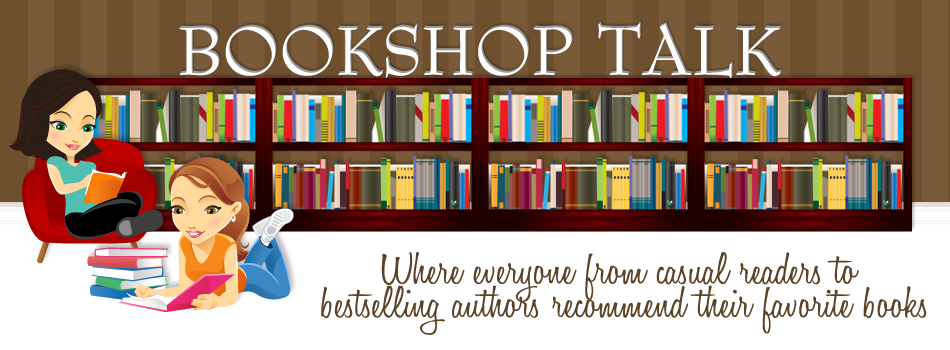When Amelia's mom givs her a journal for her ninth birthday, Amelia has a place to share her truest feelings at last! (Amazon)
Reviewed by Julie, Children's lit enthusiast and pop culture geek
Nine-year-old Amelia becomes the author of her own life.
In her notebook, she details her most private thoughts with words,
stories and drawings. In this story, the first of a series, Amelia
struggles with moving to a new city and school, dealing with her obnoxious
older sister, and missing her best friend.
On a recent trip to the bookstore, I was thrilled to see that
Marissa Moss's Amelia series had been re-released. A staple of my
childhood (in the late 1990s/early 2000s, which, granted, wasn't too long
ago), Amelia's notebooks spoke to my soul. I loved to draw, and
I loved to write anything--letters, stories, or diary entries.
Amelia's Notebook became an inspiration that sparked a lifelong love for
creativity, stories, and self-expression.
The best part is that the books are sheer fun. Amelia's
voice is strong and unique, but also realistic: these qualities especially surface as Amelia feuds with Cleo, her purple-toenailed older
sister, and lets her imagination wander and soar. Each notebook
entry, written in Amelia's own handwriting and accompanied by detailed illustrations, make each page a joy to pour over. These
books definitely lend themselves to multiple readings, as readers will notice new drawings or captions they may have missed the first
time.
In a world that values technology and instant communication,
this notebook is a refreshing examination of a young girl's private
world. Give a copy of AMELIA'S NOTEBOOK to your creative reader who
would rather have a paintbrush than a cell phone in her hand.
Market: children's fiction
Violence: none
Language: none
Sensuality: none
Adult Themes: Sibling relationships, school, coming-of-age

























